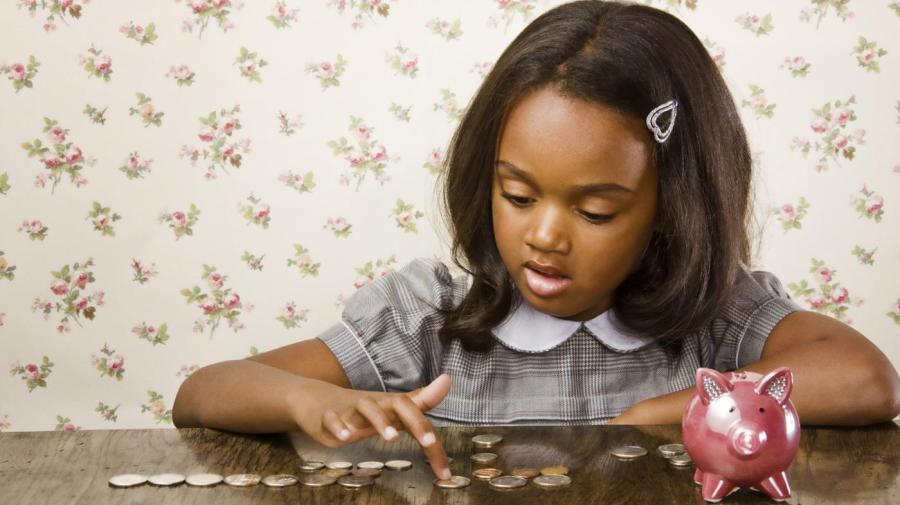How Do You Price a Barbie Doll?

Barbie dolls are priced based on a wide variety of factors, including rarity, age and condition. As with many collectibles, Barbie dolls have a market value. The prices fluctuate and are affected by what comparable Barbie dolls sell for on auction sites and in magazines about collecting.
The condition of a Barbie doll is one of the most important factors in pricing, with NRFB — never removed from box — bringing the highest price and well-loved — played with and worn — bringing the lowest. Most Barbie dolls have real monetary value only when in excellent or mint condition.
The age of the doll also affects pricing. Vintage Barbies were made from 1959 to 1972, and the word “Barbie” appears on the doll’s bottom, rather than her lower back. Being made in Japan is also a sign that the doll may be vintage, as are rooted eyelashes, smaller bodies, talking dolls or dolls with waists that swivel from side to side. Other indications that a Barbie doll may be vintage include eyeliner, hoop earrings, and holes in the doll’s feet and shoes to store on a stand. Vintage Barbies are more valuable to collectors than newer dolls.
How rare the doll is and whether it comes with all of the accessories originally sold with the set also affects value. Because prices fluctuate, the best way to find the current value of a Barbie doll is to look up what a comparable doll has sold for recently on an auction site.





